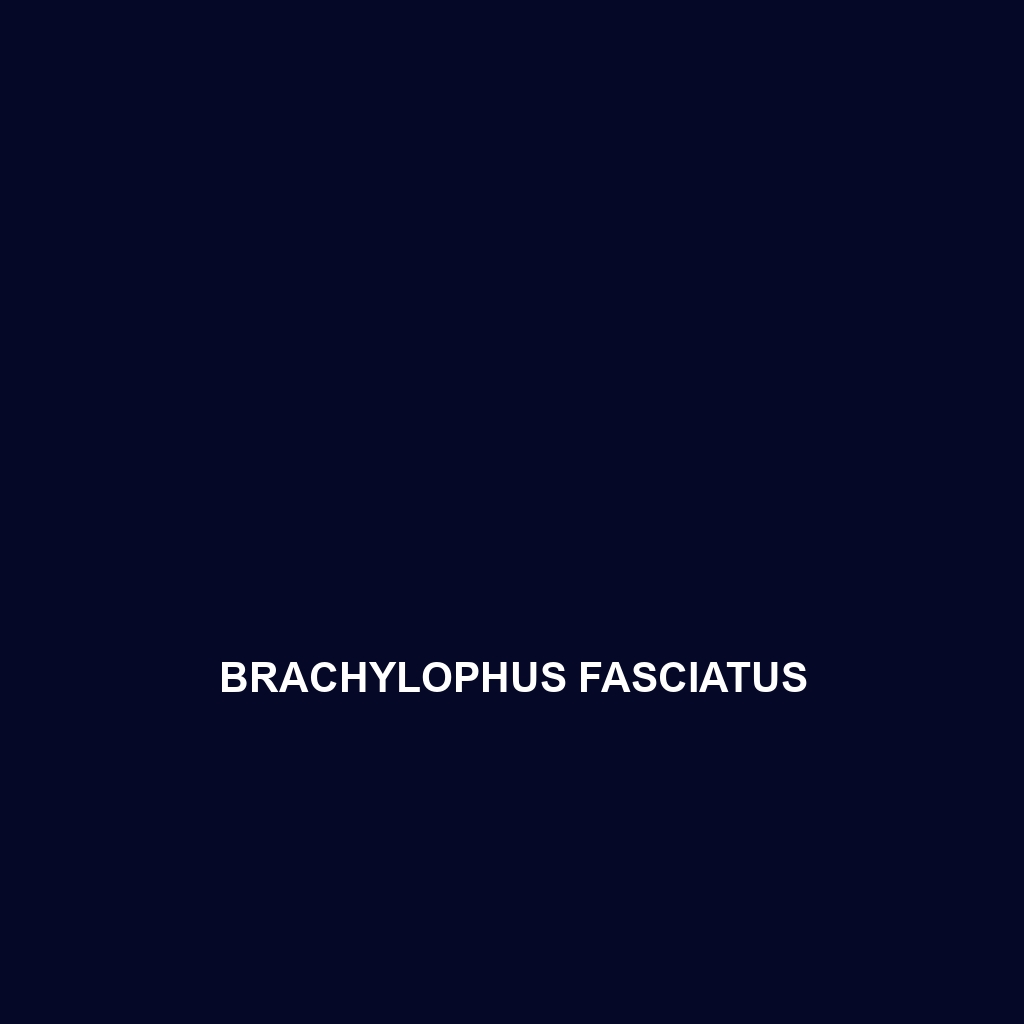Discover the unique Brachymeles taylori, a legless skink native to the tropical forests of the Philippines. This slender, nocturnal species thrives in moist habitats, primarily feeds on insects, and plays a crucial role in its ecosystem by regulating pest populations and aerating the soil.
Tag: tropical forests
Brachymeles schadenbergi
Discover the fascinating Brachymeles schadenbergi, commonly known as the Coconut Skink, a medium-sized skink native to the tropical forests of the Philippines. With its unique serpentine appearance, reduced limbs, and vital role in controlling invertebrate populations, this vulnerable species thrives in humid environments and exhibits remarkable adaptations for survival.
Brachymeles samad
Explore the fascinating <i>Brachymeles samad</i>, a vulnerable skink species native to the lush forests of the Philippines, known for its slender body, dark coloration, and vital role in controlling insect populations. With a diet primarily consisting of small invertebrates, this secretive species thrives in humid environments and exhibits interesting burrowing behavior.
Brachymeles makusog
Brachymeles makusog, also known as the "fast skink," is an endangered species native to the tropical forests of Mindanao, Philippines, characterized by its sleek, dark brown to black body, short limbs, and ability to swiftly navigate through leaf litter. This nocturnal skink plays a vital role in its ecosystem by foraging on invertebrates and maintaining the balance within its habitat.
Brachymeles cebuensis
<b>Brachymeles cebuensis</b>, known as the Cebu skink, is a <i>vulnerable</i> species endemic to the tropical forests of Cebu Island, Philippines. This nocturnal, burrowing skink measures 20 to 30 cm in length, features a streamlined body with reduced limbs, and primarily feeds on small invertebrates, playing a crucial role in its ecosystem.
Brachymeles boholensis
Discover the Brachymeles boholensis, or Bohol skink, a unique tropical species from the Philippines characterized by its elongated, glossy body, small limbs, and iridescent scales. This nocturnal insectivore plays a vital role in its ecosystem by controlling insect populations and is currently classified as vulnerable due to habitat loss.
Brachylophus gau
Discover the vibrant Brachylophus gau, or Fiji banded iguana, a stunning reptile native to the tropical forests of Fiji, known for its striking green coloration with blue or yellow bands and its role in seed dispersal. This vulnerable species thrives in warm, humid environments and primarily feeds on leaves, fruits, and flowers, making it a crucial part of its ecosystem.
Brachylophus vitiensis
The Brachylophus vitiensis, or Fiji Banded Iguana, is a vibrant green iguana native to the tropical forests of Fiji, known for its distinctive yellow or white bands and robust body. A crucial part of its ecosystem, it primarily feeds on leaves, flowers, and fruit while facing threats from habitat loss and illegal trade.
Brachylophus bulabula
Discover the vibrant Fiji Banded Iguana (Brachylophus bulabula), a striking herbivorous reptile native to the tropical forests of Fiji, renowned for its green coloration and blue-yellow bands, as well as its vital role in seed dispersal within its ecosystem. With a robust build and excellent climbing ability, this vulnerable species thrives in humid, subtropical environments, particularly on the islands of Viti Levu and Vanua Levu.
Bothrops taeniatus
Bothrops taeniatus, commonly known as the Central American rattlesnake, is a venomous species found in tropical forests of Central and South America, characterized by its vibrant coloration, robust body, and nocturnal ambush hunting behavior. This viviparous snake plays a crucial role in its ecosystem by controlling small animal populations and is currently classified as vulnerable due to habitat loss.








